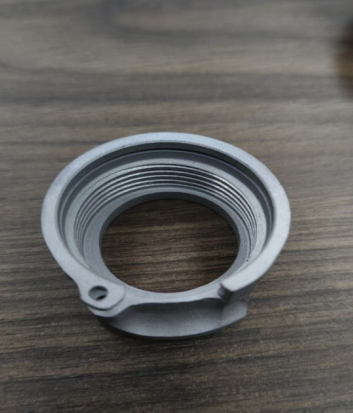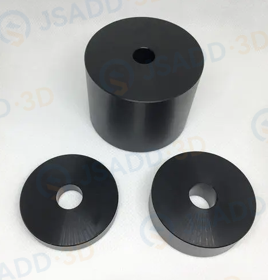CNC post-processing refers to the final stage of the CNC machining process where the raw output—typically a machined part or component—is refined to meet specific design specifications and tolerances. This stage involves additional operations beyond the initial machining, including deburring, finishing, and quality inspection.
The Importance of Post-Processing
Achieving Tolerances: CNC machines can achieve high precision, but the final product often needs further adjustments to meet exacting tolerances. Post-processing ensures that the dimensions and surface finish of the part conform to the specifications.
Enhancing Surface Finish: The surface of a part produced by CNC machining might not be smooth enough for its intended application. Post-processing techniques like polishing or coating improve the appearance and performance of the part.
Removing Burrs and Debris: Machining can leave sharp edges and burrs on a part. Post-processing involves removing these imperfections to avoid potential issues during assembly or use.
Preparing for Final Assembly: Post-processing can include operations that prepare the part for integration with other components, ensuring proper fit and function in the final product.
Key Post-Processing Techniques
Deburring: This involves removing sharp edges or burrs left after machining. Techniques include manual scraping, abrasive blasting, and using specialized deburring tools or machines.
Polishing: Achieved through abrasive compounds and tools, polishing improves the surface finish and aesthetic quality of the part. It can also be necessary for functional reasons, such as reducing friction or improving contact surfaces.
Heat Treating: This process alters the physical properties of the material, such as hardness and strength, through controlled heating and cooling. Heat treating is vital for parts requiring enhanced mechanical properties.
Coating: Applying coatings like anodizing, painting, or powder coating can enhance corrosion resistance, wear resistance, and overall durability of the part. Coatings also provide an additional layer of aesthetic appeal.
Inspection and Measurement: Precision measurement tools and techniques are employed to verify that the part meets all design specifications. This may involve the use of coordinate measuring machines (CMMs), gauges, and other inspection devices.
Assembly and Final Adjustments: For parts that are part of larger assemblies, post-processing may include fitting, aligning, and making final adjustments to ensure proper integration and functionality.
CNC post-processing is an essential phase in the manufacturing process that ensures the final product is both functional and aesthetically pleasing. By employing appropriate techniques and adhering to best practices, manufacturers can achieve high-quality results that meet or exceed design specifications.








